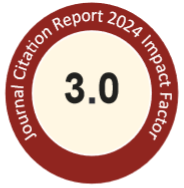Abstract
The Department of Health in Taiwan has announced mandatory labeling of the whole composition of cosmetics since May 5, 2002. Chinese herbal extracts are commonly added to cosmetics to attract consumers. To follow the earlier-mentioned regulation, it is important to develop a quantitative method to examine the contents of products to which Chinese herbal extracts have been added. This study attempted to establish a quantitative method for aloe and Scutellariae Radix (SR) in cosmetics. An HPLC/UV method using gradient elution was established to analyze marker compounds in herbal extracts and spiked blank cosmetic bases. The calibration curves of the marker compounds were linear (r > 0.99) in the range of 1.6 to 50.0 μg/mL. The analytical method was validated and commercial products were assayed. The results indicated that aloin, aloe-emodin and chrysophanol were not detected in all four aloe extracts. Baicalin and wogonin were detected in the two SR extracts. However, marker compounds of these two herbs were not detectable in the 26 commercial product samples.
Recommended Citation
Wen, K.-C.; Chan, S.-L.; Liu, L.; Lai, P.-Y.; Lin, Y.-T.; Hsiu, S.-L.; and Chiang, H.-M.
(2010)
"An HPLC method for the simultaneous determination of marker compounds of aloe and scutellariae radix in cosmetics,"
Journal of Food and Drug Analysis: Vol. 18
:
Iss.
5
, Article 4.
Available at: https://doi.org/10.38212/2224-6614.2275

